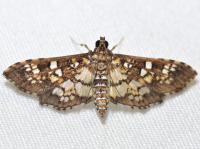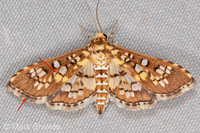
| Recorded by: Mark Basinger on 2025-11-26
Brunswick Co.
Comment: | 
| Recorded by: Mark Basinger on 2025-11-25
Brunswick Co.
Comment: |
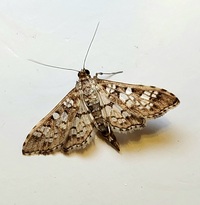
| Recorded by: Mark Basinger on 2025-11-15
Brunswick Co.
Comment: | 
| Recorded by: Mark Basinger on 2025-11-09
Brunswick Co.
Comment: |

| Recorded by: Mark Basinger on 2025-11-08
Brunswick Co.
Comment: | 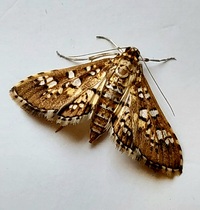
| Recorded by: Mark Basinger on 2025-11-07
Brunswick Co.
Comment: |

| Recorded by: Tony McBride, Jim Petranka and Becky Elkin on 2025-10-28
Carteret Co.
Comment: | 
| Recorded by: Tony McBride, Jim Petranka and Becky Elkin on 2025-10-28
Carteret Co.
Comment: |

| Recorded by: Tony McBride, Jim Petranka and Becky Elkin on 2025-10-27
Carteret Co.
Comment: | 
| Recorded by: Erich Hofmann on 2025-10-26
New Hanover Co.
Comment: |
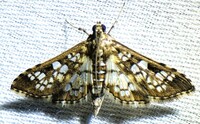
| Recorded by: Dean Furbish on 2025-10-23
Pender Co.
Comment: | 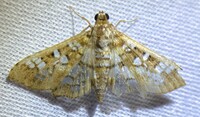
| Recorded by: Dean Furbish on 2025-10-22
Pender Co.
Comment: |
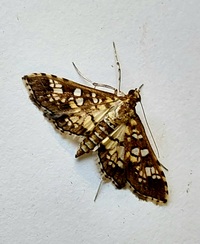
| Recorded by: Mark Basinger on 2025-10-21
Wilson Co.
Comment: | 
| Recorded by: R. Newman on 2025-10-10
Carteret Co.
Comment: |
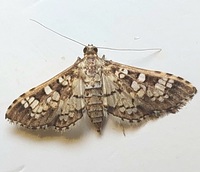
| Recorded by: Mark Basinger on 2025-09-26
Brunswick Co.
Comment: | 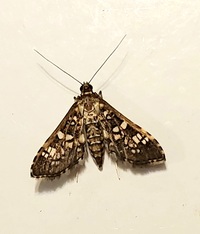
| Recorded by: Mark Basinger on 2025-09-20
Brunswick Co.
Comment: |
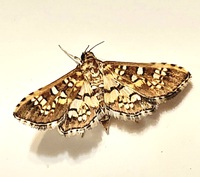
| Recorded by: Mark Basinger on 2025-09-19
Brunswick Co.
Comment: | 
| Recorded by: Mark Basinger on 2025-09-06
Brunswick Co.
Comment: |
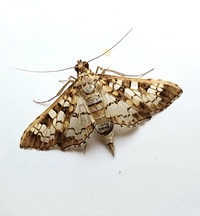
| Recorded by: Mark Basinger on 2025-08-23
Brunswick Co.
Comment: | 
| Recorded by: Mark Basinger on 2025-08-23
Brunswick Co.
Comment: |

| Recorded by: Mark Basinger on 2025-08-22
Brunswick Co.
Comment: | 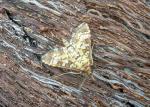
| Recorded by: R. Newman on 2025-08-09
Carteret Co.
Comment: |

| Recorded by: Mark Basinger on 2025-07-21
Brunswick Co.
Comment: | 
| Recorded by: R. Newman on 2024-11-18
Carteret Co.
Comment: |
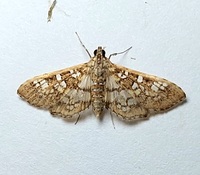
| Recorded by: Mark Basinger on 2024-11-02
Brunswick Co.
Comment: | 
| Recorded by: Mark Basinger on 2024-11-01
Brunswick Co.
Comment: |

| Recorded by: Dean Furbish and Joy Wiggins on 2024-11-01
Pender Co.
Comment: | 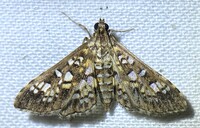
| Recorded by: Dean Furbish and Joy Wiggins on 2024-10-31
Pender Co.
Comment: |

| Recorded by: Dean Furbish and Joy Wiggins on 2024-10-30
Pender Co.
Comment: | 
| Recorded by: Dean Furbish and Joy Wiggins on 2024-10-28
Pender Co.
Comment: |
|

 »
»